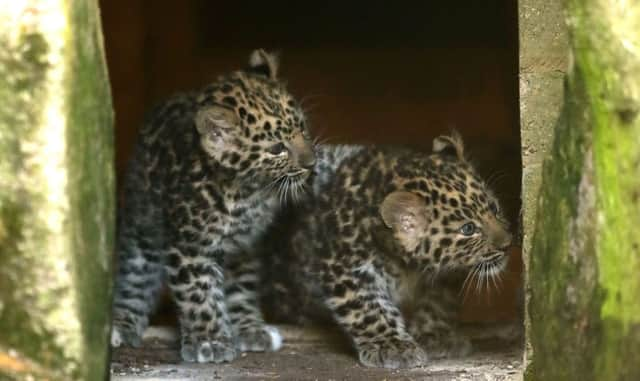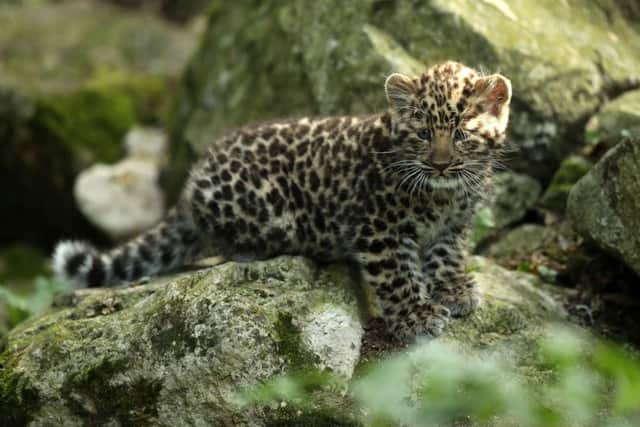Leopard cubs make their bow at Marwell


The Amur leopard is the world’s most threatened big cat, with fewer than 70 remaining in their natural range in the Russian Far-East and Northeast China.
Guests to the zoo can now get a glimpse of the tiny male twins, who were born on June 25, and are now fully vaccinated so can venture outside.
Advertisement
Hide AdAdvertisement
Hide AdThe new arrivals are an important addition to the European Endangered species breeding Programme (EEP) to preserve critical genetic diversity.


Dr Philip Riordan, Marwell Wildlife’s Head of Conservation Biology, has worked with colleagues in China to develop positive actions for the species, he said: ‘Thanks to the efforts of colleagues in Beijing Forestry University’s Wildlife Institute, the Amur leopard has now been highlighted as a priority.’
‘We are working with provincial wildlife departments in Jilin and Heilongjiang to identify critical areas of habitat with good prey populations that can receive enhanced protection and provide space for these cats to exist and their numbers to increase.’
Amur leopards are under serious risk of extinction and maintaining a healthy captive population is crucial to the global conservation of the species.
Advertisement
Hide AdAdvertisement
Hide AdThe wild population has been declining over many decades due to pressure from humans.
Habitat loss and hunting of both the leopards themselves, as well as their prey species has played a major role in their decline.